Production Management
At Sakata Seed Corporation, in addition to researching and developing new varieties, we also have the important role of producing commercial seeds. In collaboration with contract seed producers and companies, we have built a system that allows us to stably produce a quantity and quality of seeds that can be delivered globally.
Seed Production
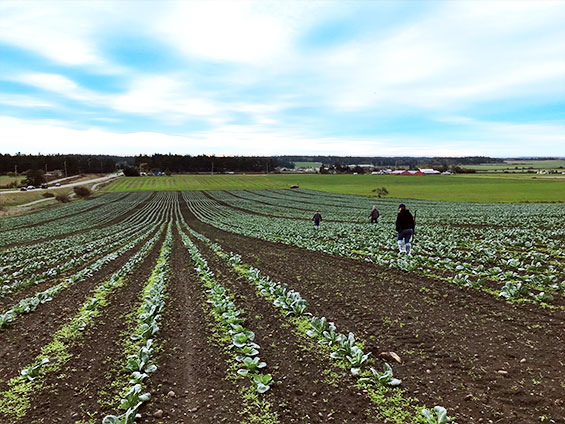
Cultivating seeds in seed collection fields in various parts of the world. The photo shows a cabbage seed production field
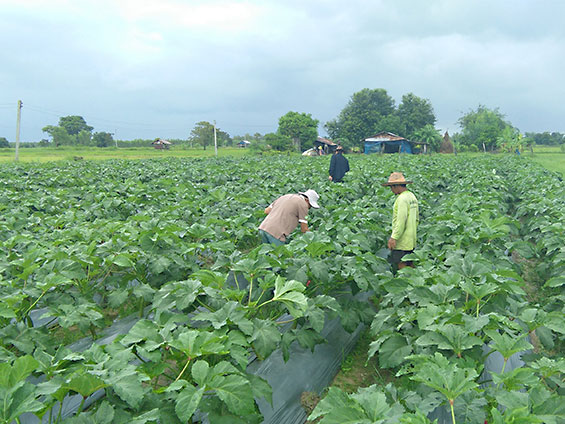
Finding a suitable location for seed collection and producing seeds. The photo shows an okra seed production field
Sakata Seed Corporation sells seeds to more than 170 countries. That is why we distribute our seed farms across the world and use the entire globe to produce the seeds that are necessary for sales. Sakata Sakata Seed Corporation is always looking to globally provide a stable and prompt supply of high-quality seeds that germinate well, do not have pathogens, are not contaminated, and have the desired characteristics and properties.
If we are unable to produce vegetable seeds due to weather disasters or disease, the amount of vegetables produced would drastically decrease, having a great impact on our lives. Globally producing seeds helps prevent this situation. Additionally, as the saying goes, “the right crop for the right land,” globally producing seeds also helps us provide a stable supply of high-quality seeds by cultivating and producing flowers and vegetables in an environment identical to their place of origin.
Managing Production
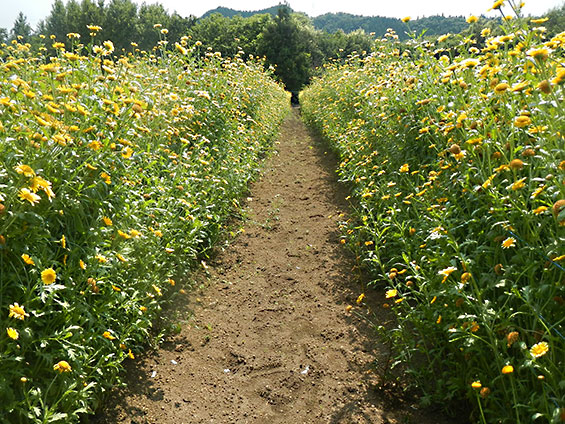
Edible Chrysanthemum field left to bloom to collect their seeds. After they bloom, they are left to grow until they ripen
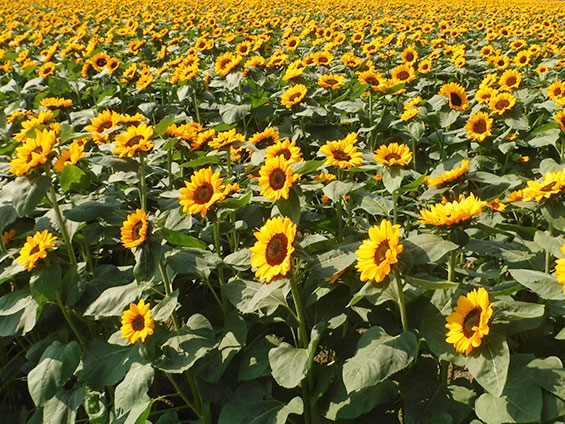
Sunflowers are grown to collect seeds, not fresh flowers. The photo shows a sunflower field
Production management is about managing the seed production location, timing, and quantity. To maintain stable production, we select the seed production location based on multiple factors, including whether the weather is suitable for the product and whether the product can be separated enough from other varieties.
After determining the seed production timing and quantity, the Supply Chain Department at Sakata Seed Corporation carefully manages things in close collaboration with the contract seed producers and companies that we have built a trust relationship with for many years.
Collecting seeds for sale takes time and there is only a limited period of the year when seeds can be produced.
There is also the risk of weather disasters and disease during this period. Because producing seeds always takes time, even if the demand for seeds rapidly increases, unlike with industrial products, we cannot just increase production lines to produce more seeds and accommodate this demand. That is why before producing seeds we predict the demand for them and carefully plan their production location, timing, and quantity, then produce them accordingly. By understanding the production conditions around the world first hand, we are able to globally provide a stable and prompt supply of seeds, despite them being living beings.
Method of Producing Seeds
Simply put, seed production is about collecting seeds. The process starts with sowing the seeds (parents) and cross pollinating them after they bloom. After the flowers wilt, they produce fruit. When the fruit ripen, we can finally collect the seeds.
For example, if we look at cabbage, after we sow the cabbage seeds, they grow and form cabbage heads, and they come in bloom long after the fresh cabbage harvest season, meaning that collecting their seeds takes a lot more time than harvesting the actual vegetable.
What is flowering regulation
The photo shows the process of regulating the flowering of brassicaceae plants. To ensure cross pollination of brassicaceae plants, it is necessary to accurately match the flowering period of both the male and female plants. In addition to regulating the flowering period, we also use various techniques suited to each product.
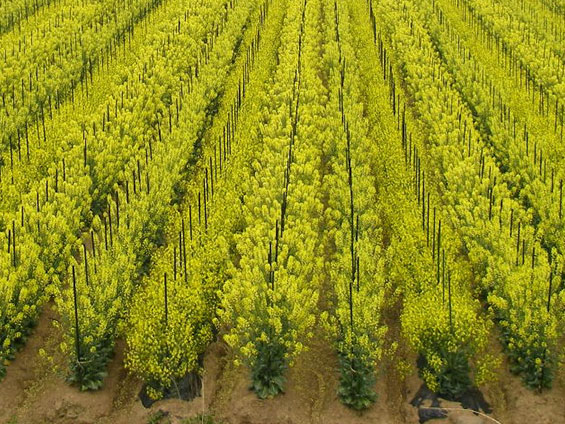
Regulating the flowering of brassicaceae plants
Collecting Seeds
When it is harvest season, the seeds are collected using combine harvesters or by hand. In the case of combine-harvesting, everything is collected, including the stems and roots. The seeds are then collected by removing the unnecessary parts, such as the soil, stems, and roots, and sent to Sakata Seed Corporation. Here, the sizing and quality check takes place, then seeds are shipped for sale.
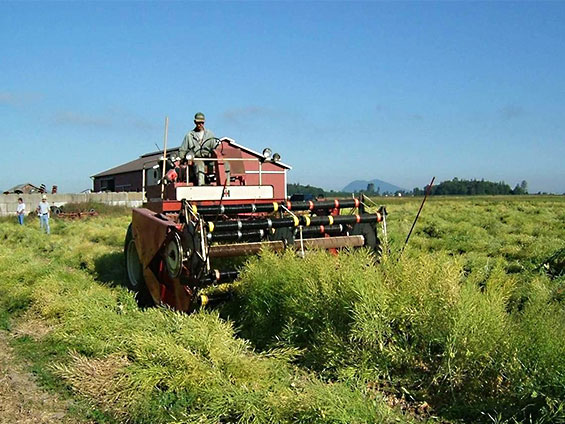
Collecting the seeds with their pods
Is there any limit on seed lifespan?
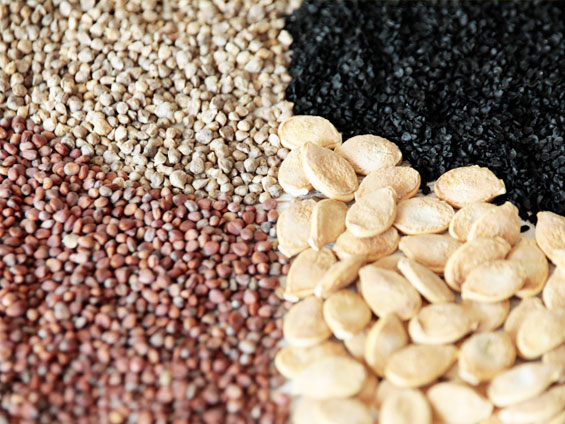
The lifespan of the seeds depends on the variety. The package of the purchased seeds has an expiration date on it, so be sure to use them before that date
Of course, there is as seeds are living beings. For example, tomato and eggplant seeds with a long life expectancy can live for more than four years, and onion seeds, either of regular onion, Allium cepa or of long green onion, A. fistulosum can live only for one or two years. However, depending on how they are stored, the germination rate of seeds may gradually decrease even if they have a long life expectancy. Generally speaking, it is believed that seeds should be stored in low temperature and humidity, avoiding high temperature and humidity.